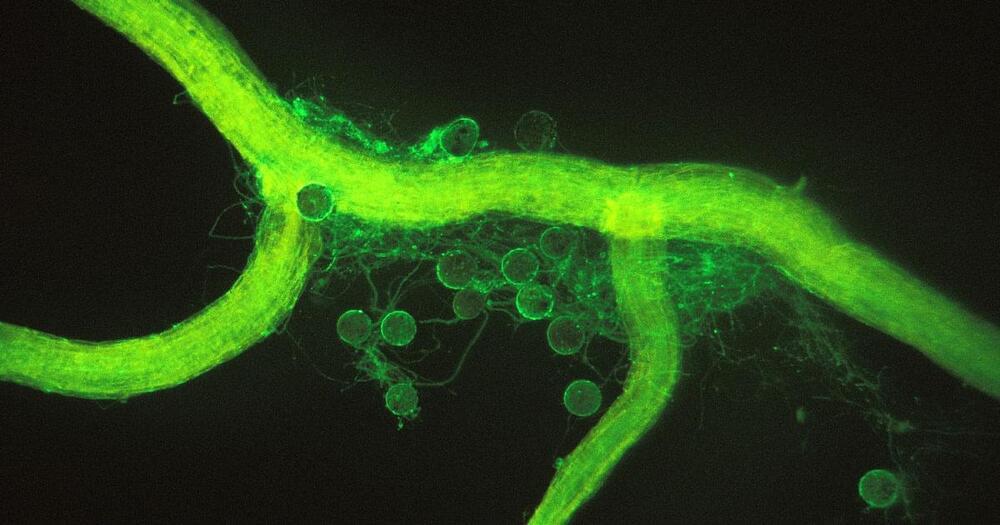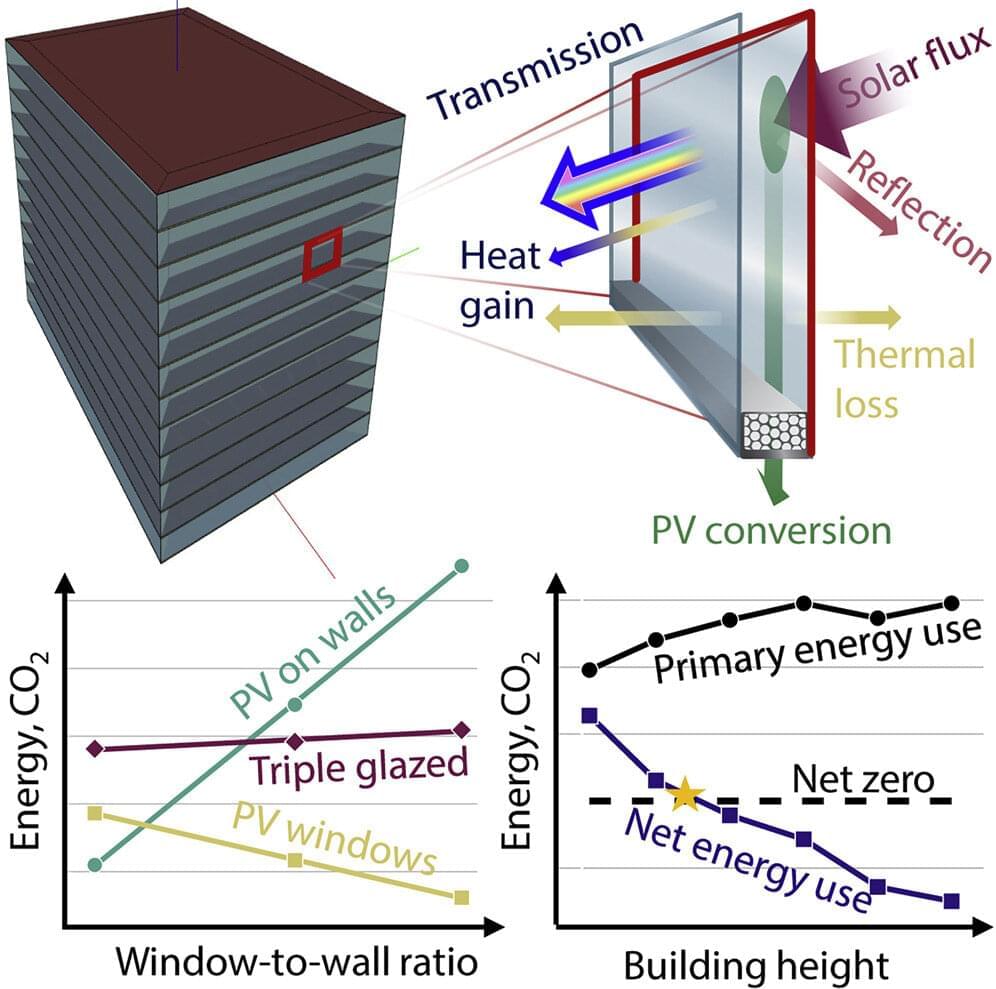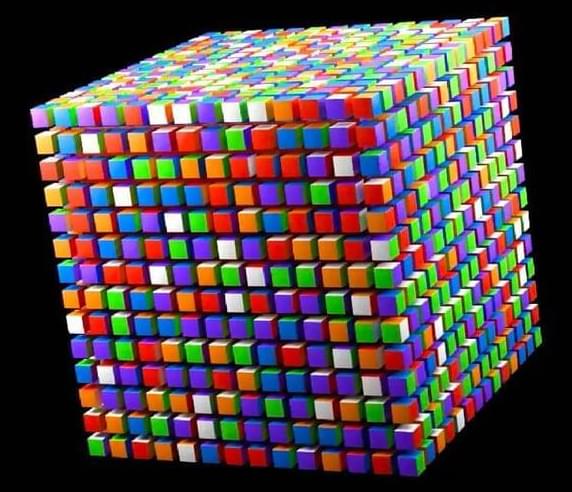A new performance system could avoid bonus and stock grant payments.
Google’s parent company Alphabet, which so far seemed immune to layoffs in the tech industry, is preparing to lay off as many as 10,000 employees. To do so, it has brought in a new system of ranking employee performance, Forbes.
Tech companies that rode the growth wave during the pandemic years have now begun to cut down their workforce amidst fears of a looming recession. Earlier this month, Meta announced that it was trimming its workforce, and Amazon too, has followed suit.







